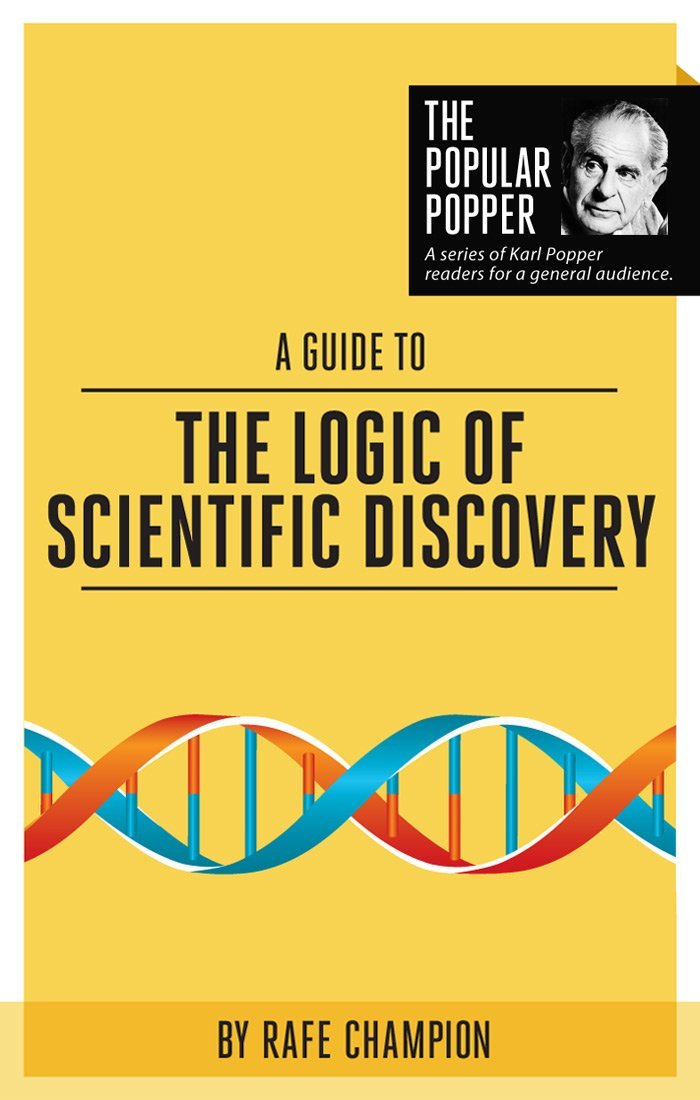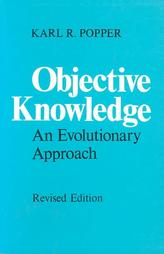Something I thought of today.
Suppose three logically possible worlds. Each world is identical except for the colour and shape of your gem.
World 1: The gem is blue and oval
World 2: The gem is not-blue and oval
World 3: The gem is not-blue and not-oval
Suppose that world 1 is the actual world while world 2 and world 3 are possible worlds.
Intuitively, it seems that world 2 is closer to world 1, the actual world, than world 3, because world 2 is different from world 1 only with respect to the colour of the gem, while world 3 is different from world 1 with respect to the colour and shape of the gem. In the space of logical possibilities, then, the proximity of world 1 and world 2 seems greater than world 1 and world 3. That is, world 1 and world 2 are closer or more alike than world 1 and world 3 … at least in English.
Suppose, instead, we spoke Inglish.
In Inglish, something is ‘bluval’ if it’s blue and oval or not-blue and not-oval; and something is ‘not-bluval’ if it’s not-blue and oval or blue and not-oval. After translating our three worlds into Inglish, we get:
World 1: The gem is blue and bluval
World 2: The gem is not-blue and not-bluval
World 3: The gem is not-blue and bluval
The words ‘blue’ and ‘not-blue’ exist in Inglish, but the words ‘oval’ and ‘not-oval’ don’t. In Inglish, something is ‘oval’ if it’s blue and bluval or not-blue and not-bluval, while something is ‘not-bluval’ if it’s not-blue and bluval or blue and bluval. Anything you can say in English can also be said in Inglish. To the English speaker, ‘bluval’ is derivative of ‘blue’ and ‘oval’, but to the Inglish speaker, ‘oval’ is derivative of ‘blue’ and ‘bluval’.
Now, by describing our three worlds in Inglish rather than English, world 3 is now closer to world 1, the actual world, than world 2. In the space of logical possibilities, the proximity of world 1 and world 3 seems greater than world 1 and world 2. That is, world 1 and world 3 now appear closer or more alike than world 1 and world 2 … at least in Inglish.
It seems to me this has important ramifications for possible world semantics: the proximity of possible worlds is a function of the ontological prejudices of each language. It would seem, then, that if we conceive of possible worlds as purely logical constructs, then there is no such thing as a possible world that is closer to the actual world than any other. All possible worlds, including the actual world, are equidistant from each other.
Anyone encountered this argument before? I admit, it’s not all that original, because I’m borrowing from arguments about verisimilitude that I read once (from Miller?), but I haven’t known them to be brought against the idea of close possible worlds.







That should be true considering that you can not quantify the truthlikeness of false theories. Only the actual world is described by a true theory while the other two are described by false theories.
However I think that our currently held true scientific theories and our explicit and inexplicit metaphysical theories create a boundary between what is likely to happen and what is not…
A possible world with blue painted milk is close to ours. A possible world with transparent milk is further away. Another possible world with milk boiling at 300 Celsius degrees is even further away. Heavenly milk that created the universe is too far away. Milk which is there and isn’t there at the same time is definitely far away.
I think that you will find that the construction is the same as that used in 1974 to criticize Tichý’s theory of verisimilitude. Language dependence is discussed at length in Chapter 11 of my book Out of Error (Ashgate 2006).
David,
Thanks. Unfortunately, your Out of Error is, dare I say, not a purchase I can justify at the moment–it’s very pricey. I’ve read a few excerpts from Google Books. Maybe I encountered your argument there, though I don’t recall them being in the context of possible worlds. Honestly, it’s not something I’ve looked into much, but I got to thinking about it the other day–partially off my post about the Goodman’s problem of induction from a few weeks ago–and thought I’d share the argument. If I knew you would read it, then I’d likely have held myself to higher standards before posting!
Congratulations on rediscovering the argument. Tichý’s measure of verisimilitude in the sentential case is based on a measure of distance between possible worlds identical with the one that you discuss. If you have access to back numbers of the British Journal for the Philosophy of Science, go to volume 25, number 2, 1974. Or take a look at what is said about Tichý’s theory in Malcolm Forster’s notes at http://philosophy.wisc.edu/forster/220/notes_10.html.